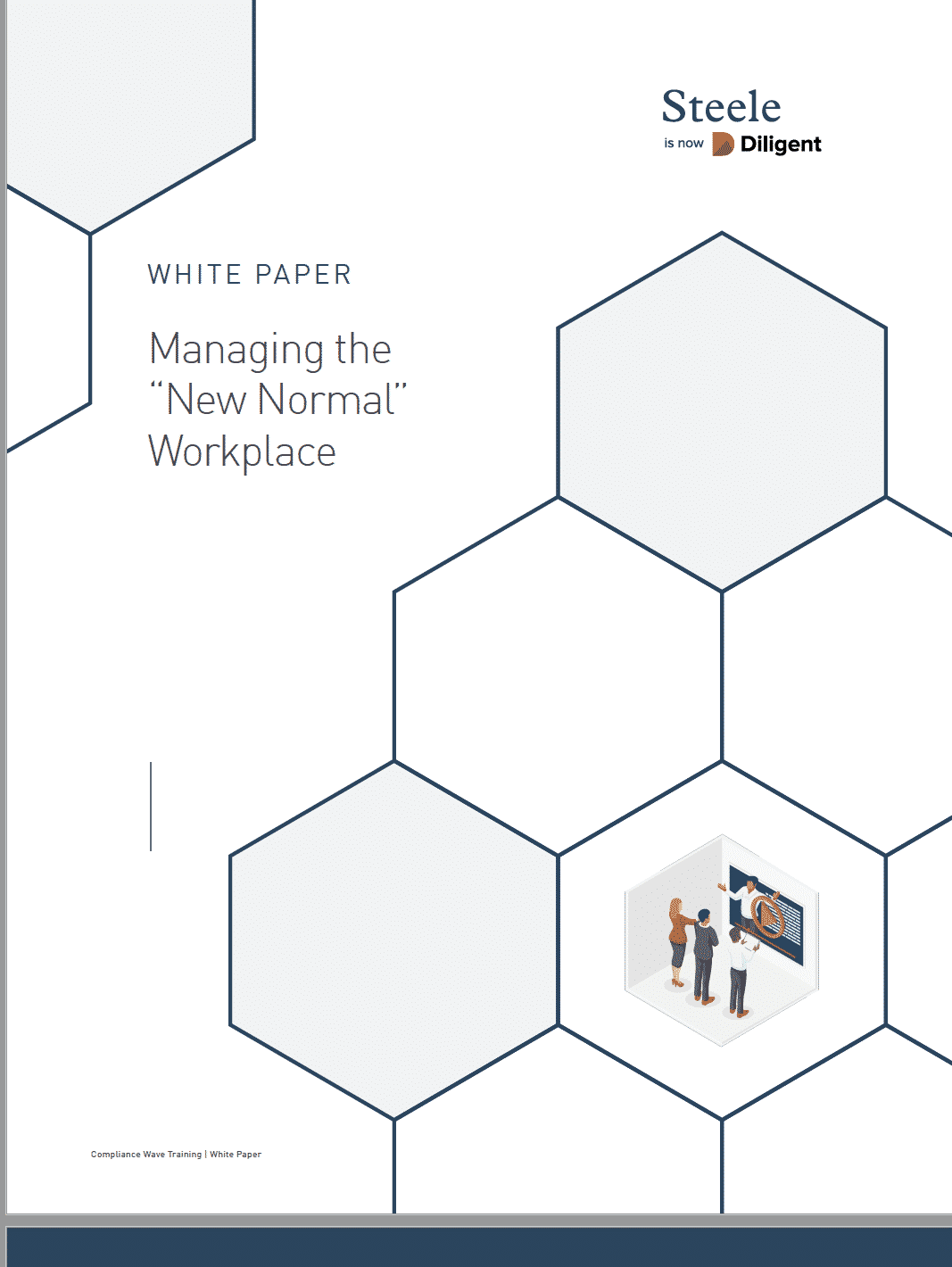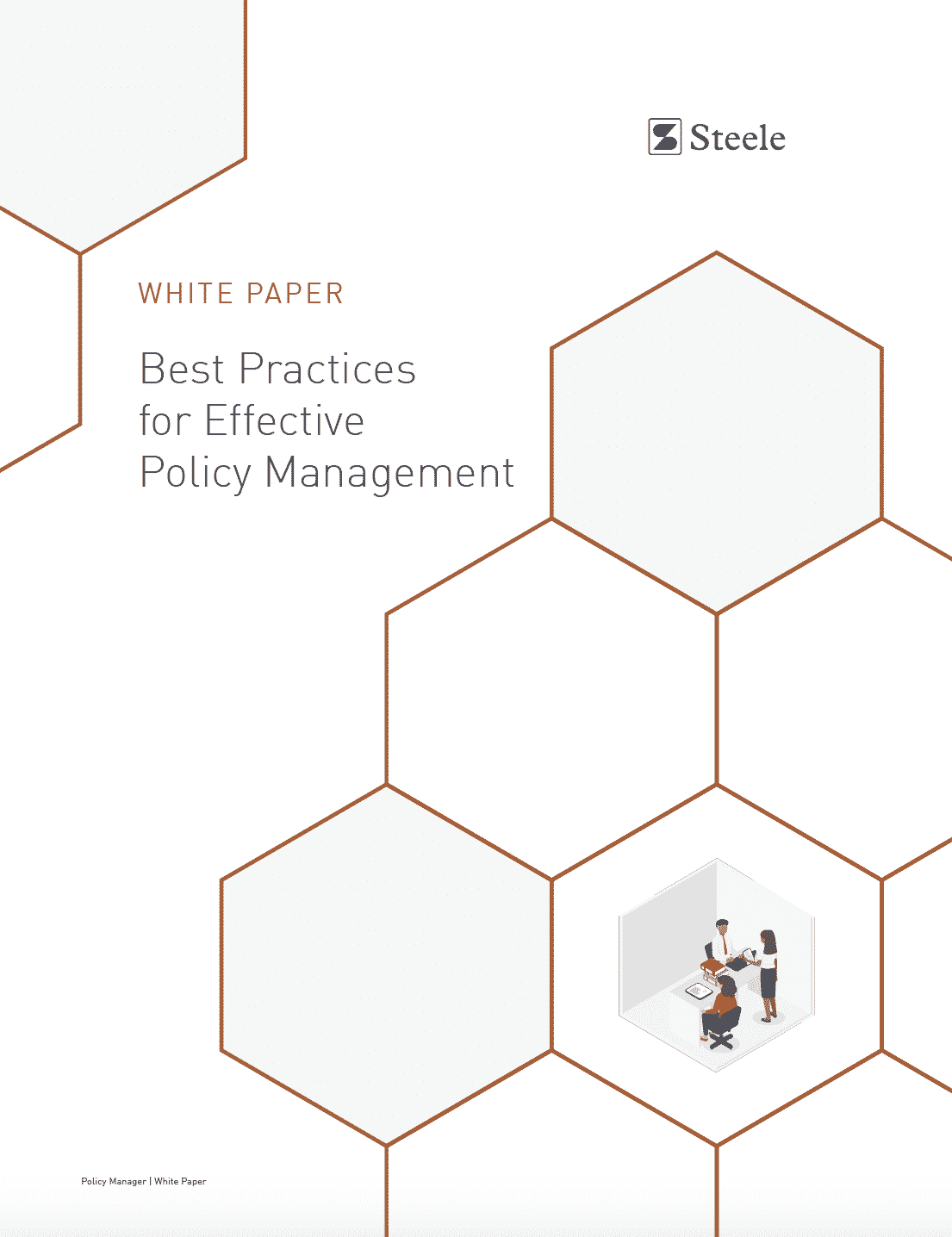How Profiles Can Materially Strengthen Your Compliance Program While Enhancing GDPR Compliance
In this digital age, there is an immense amount of information created every day. Specifically, for compliance, it is estimated that between 30,000 and 50,000 new items of negative news related to financial crime, bribery, and corruption are created on a daily basis. Analysts and investigators are confronted with a vast amount of information located in multiple places. In order to implement an effective compliance program, those in the compliance profession must conduct research that is accurate, complete, reliable, current, and audit-able. Compliance officers are increasingly looking at ways to consolidate and aggregate this information in a way that is consumable and actionable. There is the human limitation, however, it is impossible to keep up with the rate of negative news articles generated in both English and non-English language news publications.
The use of AI-generated Profiles is one new and significantly different tool. Profiles can be viewed as the aggregation of the vast amount of open-source data on individuals and entities, such as watchlists, sanctions lists, PEP lists, and unstructured news sources. Profiles put available and accurate information in one place: an individual’s name, date of birth, age, place of birth, aliases, as identified from multiple open sources deemed credible. AI-generated Profiles can make connections between multiple watchlists and unstructured news sources that a human could not do in a reasonable amount of time.
Download our whitepaper “Artificial Intelligence in Compliance: How Profiles can materially strengthen your compliance program while enhancing GDPR compliance” to find out more about how compliance officers are using AI effectively to enhance their risk mitigation efforts.
 Back to Insights
Back to Insights



